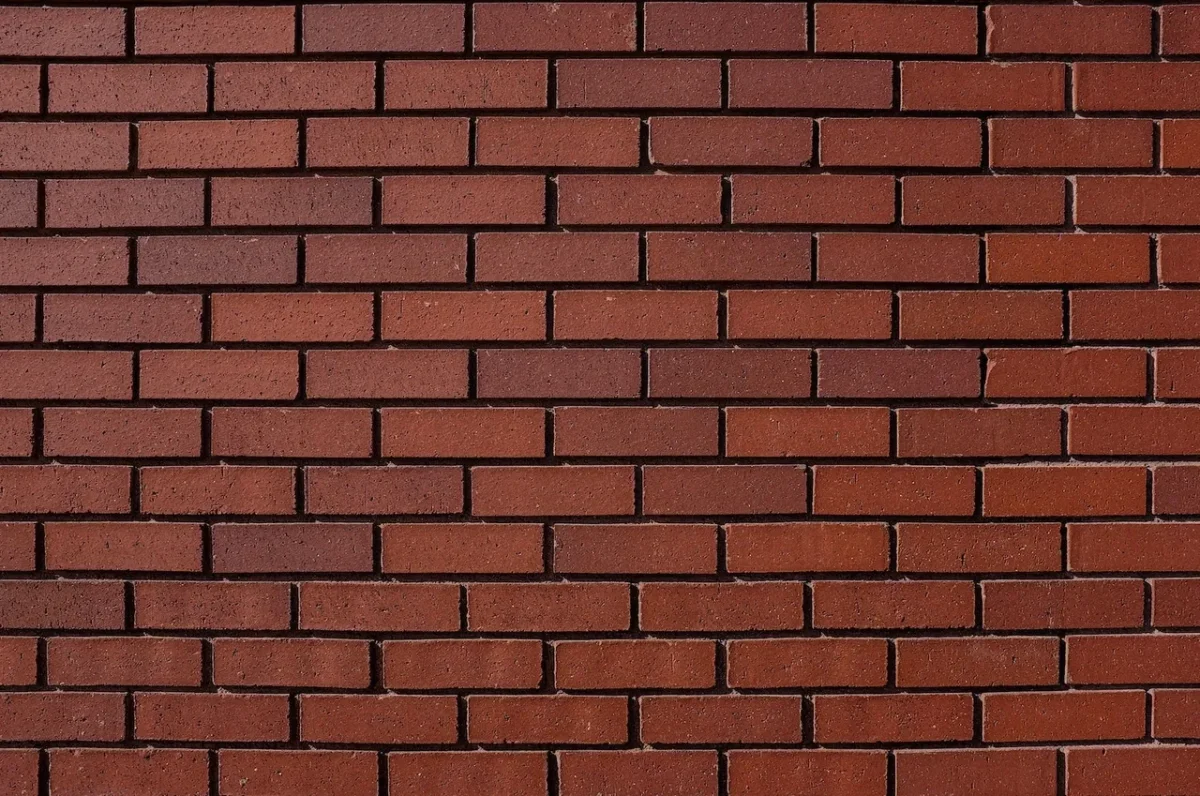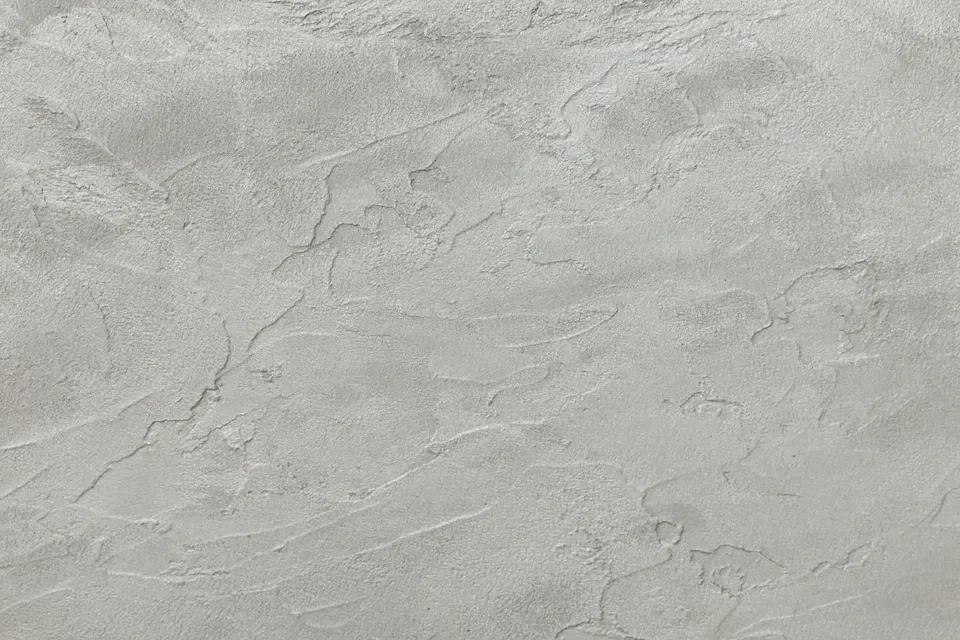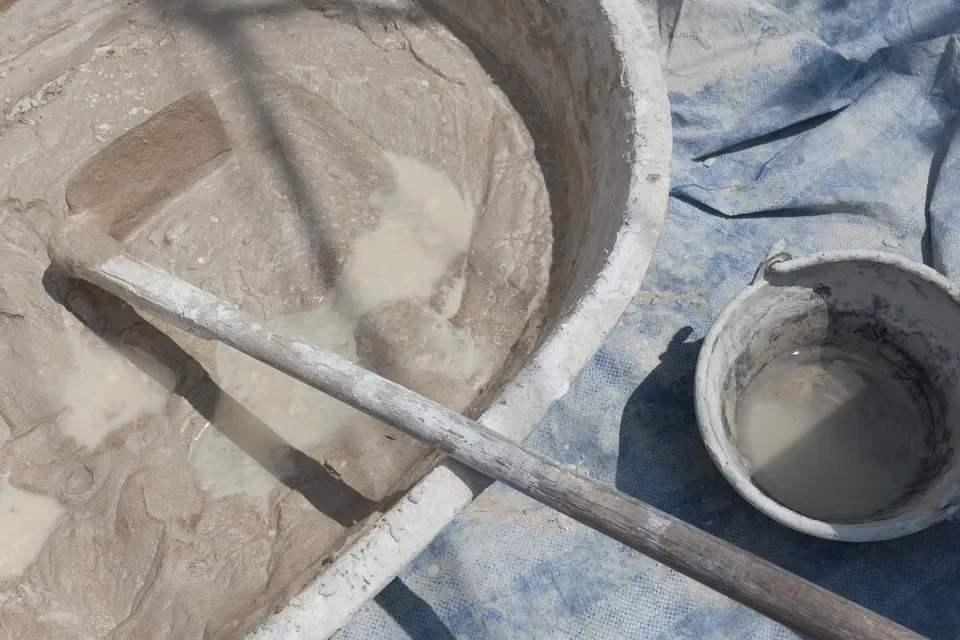What Is the Difference Between Stucco and Brick?
Brick and stucco are two very different building materials, but when compared apples to apples, they provide very similar qualities to the exterior of your home. Brick is known to last longer than stucco, but it does cost considerably more upfront. Stucco is more affordable, and can also be more customizable, and while it does not last quite as long as brick, it still stands the test of time with proper care.
Pros of Stucco
Durability
Stucco is an extremely durable siding option, due to the cement makeup and the layering process that is involved in the installation of the siding. In the face of heat, stucco provides an extremely durable outer layer to protect and insulate your home, and it will not face any melting issues or have any damage from excessive sun exposure. Stucco can also handle extreme wind and is known to be able to handle gusts of up to 130 mph. Stucco siding has a one hour heat rating, meaning that it can burn for up to one hour in a fire before flames penetrate the siding and begin to burn the interior of the home. Stucco siding provides a great layer of exterior protection for your home, and is known to last anywhere from 60-100 years before it needs to be replaced.
Aesthetically Appealing
Stucco itself is a very aesthetically appealing form of siding, but the versatility allows the homeowner to shape the aesthetic of their siding into whatever style they desire. There is a wide range of colors that are available for stucco siding, as well as a variety of different scratch patterns that can be etched into the final layer of stucco siding. Stucco works very well with contemporary home designs to help achieve a modern look.
Compatibility
Stucco siding is very compatible with many different types of building materials: it can be installed to a variety of surfaces, and can even be installed atop other siding options. It works well as a replacement form of siding for homeowners who have decided they would like to change the look of their home.
Cons of Stucco
High Maintenance
Stucco definitely stands the test of time, however it does require proper care to do so. Stucco has to be regularly cleaned, inspected and repaired if any cracks or holes form in the surface of the siding, to prevent any damage or water seeping below the surface of your siding. For some homeowners, the inspections, cleaning with a pressure washer, and quickly taking care of repairs can be considered high maintenance for their siding.
Porous & Absorbent
Stucco can be a porous and absorbent siding material. For dry and hot climates, this is not an issue. However, living in a very damp or rainy climate can cause issues for stucco siding. As a porous and absorbent material, water seeping into the stucco can cause issues, including mold or rot. If water gets below the surface of your stucco, it can become trapped and form rotting issues on the interior layers of your home, as well as mold problems within your home.
How Much Does Stucco Cost?
Stucco is much more affordable as a siding option than brick, with an average cost for a 1,500 square foot home being around $10,000 for installation and materials. The cost of stucco installation varies based on the experience of your installation team and the quality of your building materials.
Pros of Brick
Low Maintenance
Brick is a very low maintenance siding option, as it rarely needs to be cleaned and does not frequently grow mold or rot. Holes rarely form in the surface of brick siding, and it is rare that any discoloration will occur. Unlike stucco, brick will also not need to be repainted so it is lower maintenance in the long run as well.
Eco-Friendly
While brick does have high energy consumption during manufacturing, similar to stucco, as well as high fuel consumption during transportation due to the heaviness of the material, it is considered to be an eco-friendly siding option since it will last many years. Installing brick will only need to happen once during a century of your home, meaning the eco-costs are diminished by the very few times they will need to happen to keep up your home’s appearance.
All-Weather & Non-Combustible
Brick is an extremely durable siding option, and is known to be extremely resistant to damage from any type of weather. Brick has very little water intrusions, and therefore performs very well in damp or rainy climates. It can also handle a very hot climate, and is fire resistant for up to two hours, on average. Brick is also resistant to damage from projectiles and is a non-combustible siding option.
Cons of Brick
Limited Color Selection
While brick can be whitewashed or installed in the classic red color tones, there are very few options outside of these two. The colors are not very customizable, due to the limitations of the materials. Therefore, if you are looking for a very versatile siding option as far as aesthetic looks, brick would not typically be the first choice.
Expensive
Brick is much more expensive to install than most other siding options, and is around double the price of what you would typically pay for stucco installation. Costs vary greatly depending on the type of brick you decide to install, such as faux brick veneer, thin brick veneer or face brick veneer, but all of these options will typically cost you more than the average cost of other siding options.
How Much Does Brick Cost?
Installing face brick veneer on the exterior of a 1,500 square foot home typically costs an average of $20,000. While it will last many years, the initial investment in brick is going to cost a lot more money than other more versatile siding options.
The team at Titan Stucco is here to provide the best information on siding options for your home. Our team of
Phoenix stucco contractors understands the process well, and can provide feedback and installation guidance throughout your home building or refinishing process.
Contact the team today to learn more!





